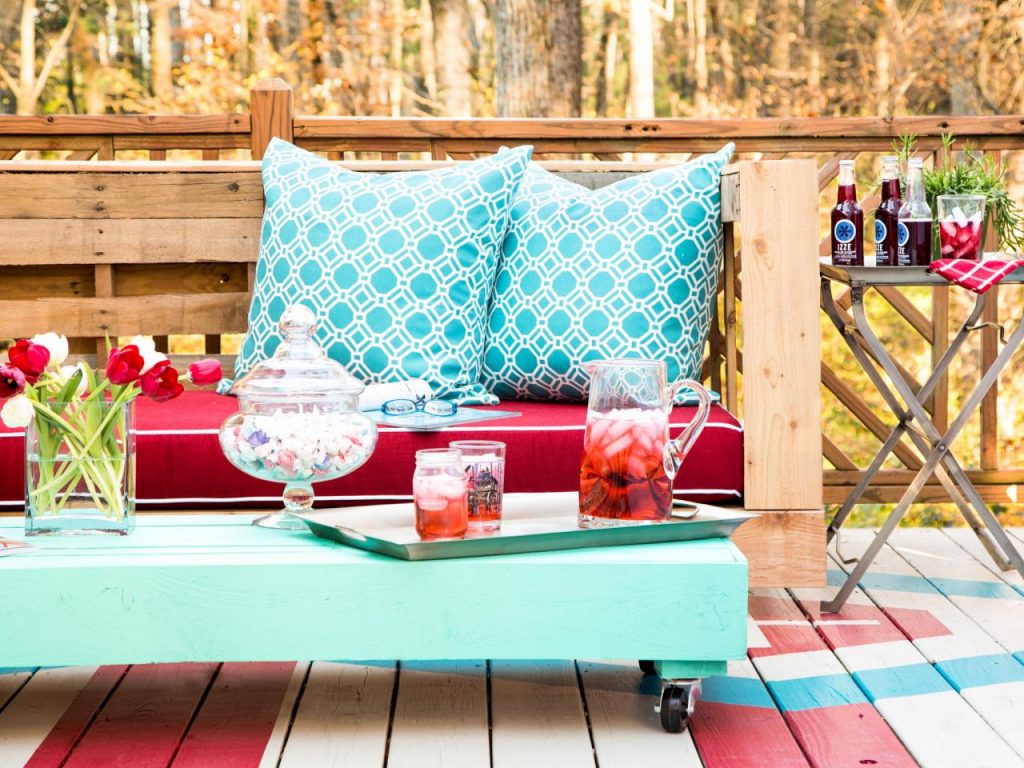Plante Bacopa - Apprendre à Cultiver et à Soigner l'Hysope d'Eau
Le bacopa est une plante ornementale populaire, souvent choisie pour décorer les balcons et les patios. Elle est moyennement difficile à cultiver, et son entretien nécessite au moins des connaissances de base sur les plantes suspendues. Le bacopa apparaît pratiquement partout dans le monde, avec plus de 60 variétés différentes. Découvrez comment prendre soin de l'hysope d'eau pour profiter de sa riche floraison.
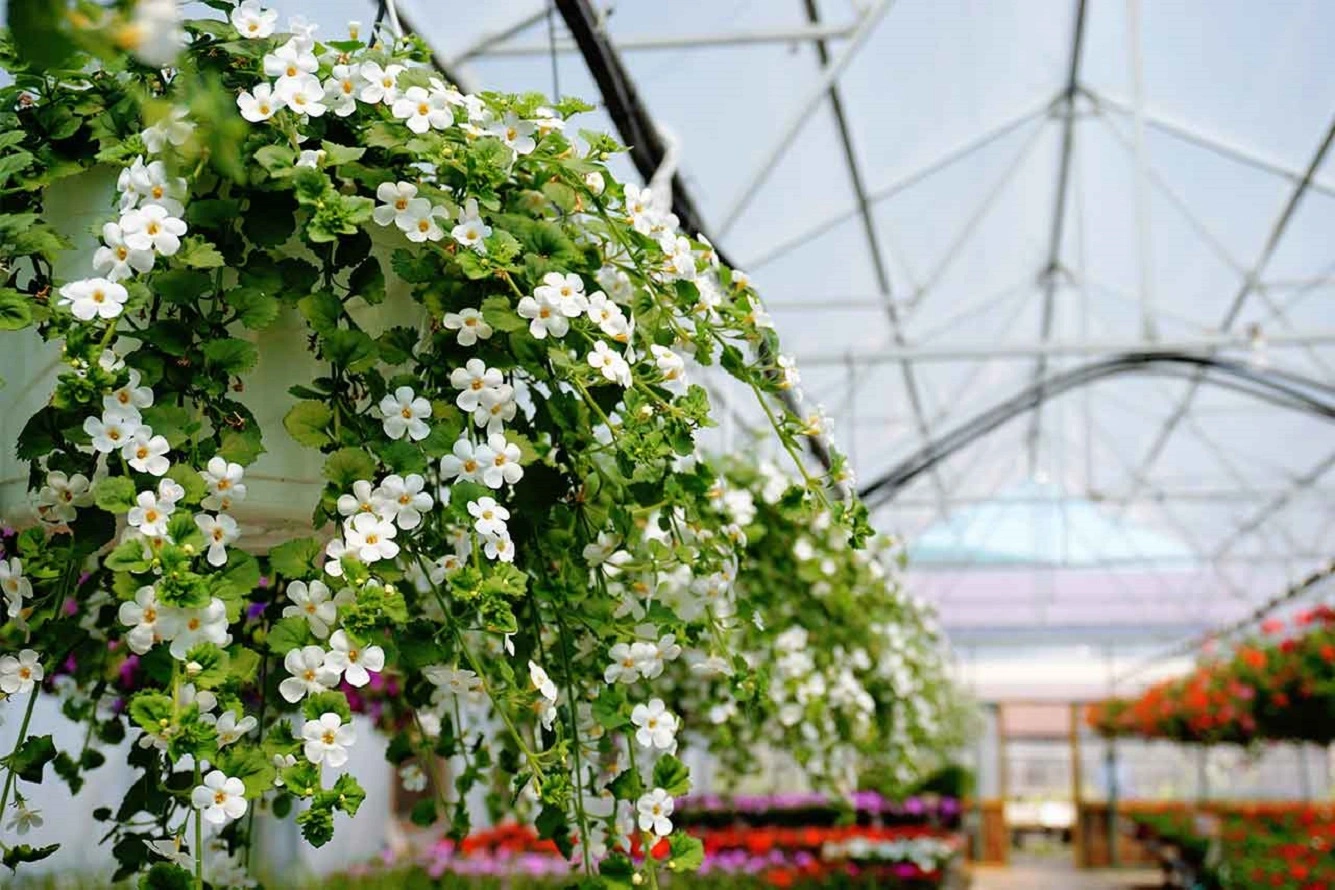
Hysope d’eau - les caractéristiques de la plante ornementale populaire
Le bacopa est une plante ornementale populaire, également connue sous le nom d’hysope d’eau. Elle est généralement utilisée pour décorer les jardins de balcon et les patios. Parfois, planté dans un pot, il garnit l’entrée d’une maison. Sa culture directe en pleine terre n’est pas aussi populaire. Le Bacopa (Sutera diffusus) est une plante de la famille des figuiers. Elle pousse naturellement dans les zones subtropicales. Actuellement, elle est cultivée partout dans le monde.
Le bacopa est une plante annuelle qui peut atteindre une hauteur de 50 cm. Elles ont une forme caractéristique en forme de cœur. Ce qui est remarquable, c’est le nombre de fleurs qu’elle développe pendant la saison de floraison. Elles sont généralement blanches ou roses. Mais cette caractéristique dépend de la variété particulière de la plante.

Bacopa - une plante aux multiples variétés
Le Bacopa monnieri est une plante qui compte de nombreux cultivars. Voici les plus populaires et les plus couramment cueillis :
- Blue Sensation - cette variété étonne par la couleur de ses fleurs lorsqu’elle fleurit, car elles sont bleues,
- Great Rose - les fleurs de ce cultivar ont une couleur rose caractéristique,
- Great Deep Violet - cette variété développe des fleurs violettes.
Un autre cultivar intéressant, Sutera Nova a des tiges beaucoup plus fortes et plus épaisses par rapport à l’original. En outre, ce type a une floraison beaucoup plus riche, et la floraison dure du début du printemps jusqu’à l’automne. Les fleurs sont beaucoup plus grandes que celles développées par les variétés standard de cette plante.

Comment cultiver le bacopa monnieri ?
Le bacopa est principalement classé comme une plante ornementale suspendue. Elle n’est pas difficile à cultiver, mais elle nécessite une certaine expérience avec des plantes similaires. Lorsque vous choisissez un emplacement pour la plante, pensez aux endroits bien exposés au soleil. La plante peut également pousser dans une légère ombre, mais notez que cela peut diminuer la vitesse de floraison, et certaines variétés ne développeront pas des couleurs aussi riches que lorsqu’elles sont exposées au soleil.
Le sol dans le conteneur doit être riche et le pH acide est la meilleure option. Vous pouvez également planter le bacopa directement dans le sol, en vous assurant de préparer le sol dans la cour avant de le planter.
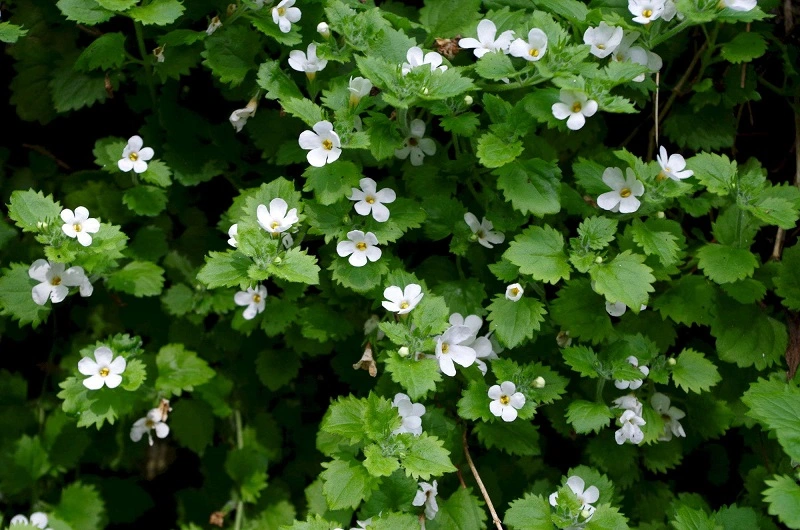
Hysope - comment arroser la plante
Le bacopa est une plante relativement difficile en matière d’arrosage. Elle ne tolère pas un sol trop sec. C’est pourquoi elle nécessite un arrosage régulier. Faites-le toujours lorsque la couche supérieure du sol est sèche. Mais évitez d’arroser la plante trop intensément. Le bacopa n’aime pas l’eau stagnante dans son sol, car elle pourrait être nocive. Veillez à ce que le pot ait un trou et une couche de drainage pour éliminer l’excès d’eau. Grâce à cela, vous pouvez éviter de nombreuses maladies telles que la moisissure grise.
Le bacopa a-t-il besoin d’être fertilisé ?
Si vous avez décidé de cultiver cette plante, n’oubliez pas de la fertiliser. L’engrais liquide pour plantes conçu pour les plantes à fleurs est une solution parfaite. Utilisez-le au moins une fois par semaine, en diluant le produit dans de l’eau selon les instructions du fabricant. Les engrais pour la floraison sont disponibles dans la plupart des magasins de jardinage.
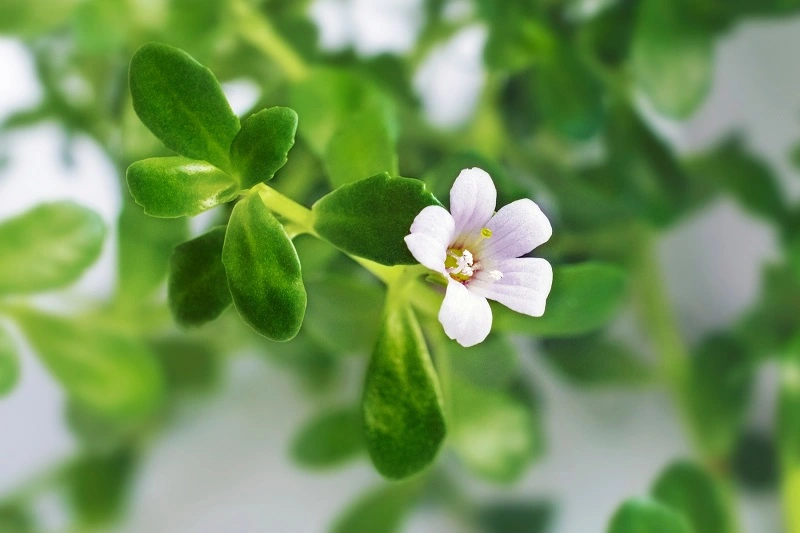
Bacopa - comment propager la plante
Le Bacopa peut être propagé de deux façons, soit en plantant ses graines, soit en utilisant des boutures. En ce qui concerne la méthode avec les graines, elles doivent être plantées en février et mars. Préparez des boîtes avec un sol fertile pour les graines. Lorsqu’elles germent et développent leurs premières feuilles, plantez-les dans des récipients séparés.
A la fin de la période végétative, cueillez les meilleures plantes et mettez-les dans un intérieur frais avec un accès à la lumière du soleil. Déplacez-les dans un endroit chaud à la fin de l’hiver et commencez à les arroser et à les fertiliser intensément. Lorsqu’elles produisent de nouvelles tiges, vous pouvez les couper. Placez les boutures dans un sol riche et arrosez-les régulièrement. Elles devraient prendre racine après environ deux semaines.
Hivernage des plantes de bacopa
Les plantes de bacopa ne supportent pas les basses températures. En pratique, cela signifie qu’elles doivent être protégées du gel. Les plantes qui poussent sur les balcons et les terrasses doivent être rentrées à l’intérieur. Les températures comprises entre 10 et 20°C (50-68°F) sont les meilleures pour que la plante survive à l’hiver.

Bacopa - ravageurs et maladies
Le Bacopa est susceptible d’être attaqué par les tétranyques et les aleurodes. Ces parasites apparaissent sur les plantes en pot et se nourrissent de leurs feuilles. Ils apparaissent généralement pendant les étés secs et chauds. La plante est également sujette à divers champignons, notamment la pourriture grise et la pourriture des racines. **Les maladies causées par les champignons sont généralement le résultat d’un mauvais entretien de la plante.
Plante Bacopa - où acheter la plante ?
Le bacopa est une plante moyennement difficile, mais si vous en prenez bien soin, elle vous récompensera par une floraison magnifique et riche. Où acheter une plante de bacopa ? Vous pouvez également acheter des graines et cultiver la plante à partir de zéro. Que vous achetiez des graines ou des plants, veillez à vous adresser à une source fiable. De cette façon, vous pouvez être sûr qu’ils sont sains et qu’ils ne transmettront pas de maladies à d’autres plantes.
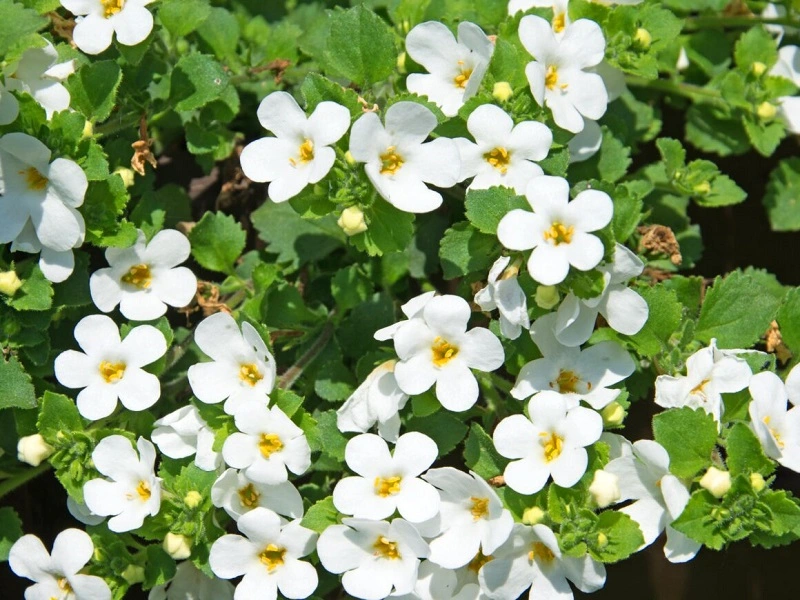
📍 À quoi ressemble la plante bacopa ?
Le bacopa est une plante aux fleurs petites et délicates. Selon la variété, elles peuvent avoir des couleurs différentes. La plante pousse jusqu'à 40 cm en moyenne - elle n'est pas très haute, mais s'étend sur les côtés. Le bacopa est généralement cultivé en pots, bien qu'il puisse également être planté en pleine terre.
📍 Bacopa - quel est le meilleur emplacement pour ce produit ?
Le Bacopa doit pousser dans un endroit à l'abri du vent. La plante préfère les endroits ensoleillés, mais elle peut aussi pousser dans une légère ombre - cela ne devrait pas affecter la floraison. Le sol doit être riche en humus, avec un pH neutre ou acide.
📍 Bacopa - quand le planter ?
Plantez votre bacopa dans la deuxième partie du mois de mai. Si vous voulez planter plusieurs plantes, pensez à les espacer. 25 cm (environ 10 in) suffisent. Grâce à cela, chaque plante a suffisamment d'espace pour se développer librement.
📍 Pourquoi mon bacopa ne fleurit-il pas ?
Dans certains cas, la plante peut ne pas pousser pendant un certain temps. Pourquoi votre bacopa ne fleurit-il pas ? C'est probablement parce que vous avez transplanté la plante. Le bacopa a également besoin d'un arrosage régulier, et le manque d'eau est un premier pas vers le dépérissement.
Articles de fond




